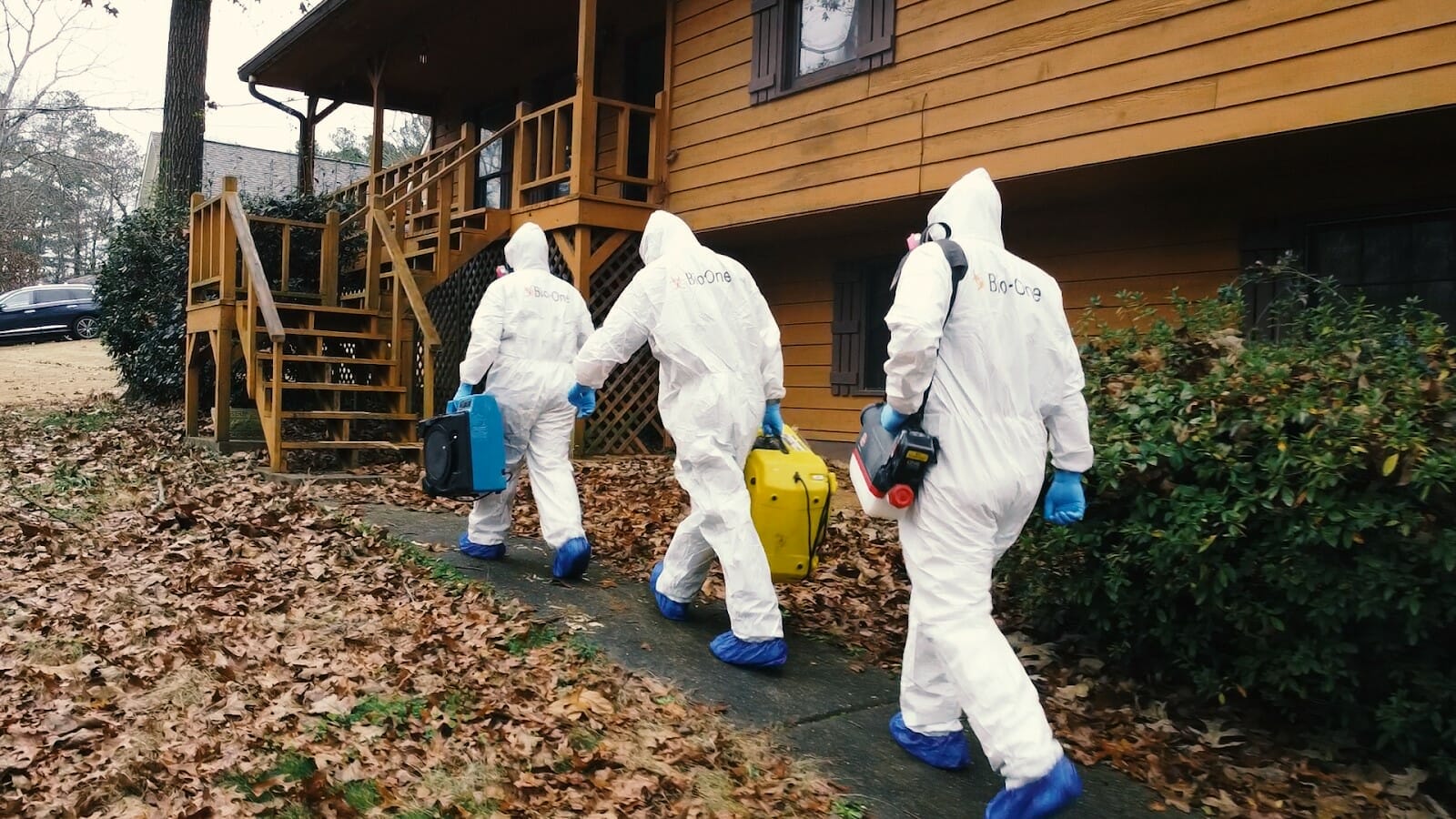
Methamphetamine, or meth, has long been a scourge on public health and safety, not just for its devastating addictive qualities but also for the toxic environments it often leaves behind. The remnants of a former meth lab can lurk unseen in walls, carpets, and ventilation systems, posing serious health risks to anyone living or working in that space. But how do you know if a property is contaminated, and what should be done if it is?
This blog post aims to provide detailed guidance on addressing this critical issue, from identifying contamination to the legalities of cleanup and the crucial health risks associated with exposure. If you're a homeowner, property manager, or even law enforcement personnel, this is essential reading to keep your spaces safe and compliant.
The first step in tackling meth lab contamination is recognizing the warning signs. Here’s what homeowners and property managers should look out for.
Manufacturers can establish meth labs in homes, apartments, hotel rooms, and other unexpected locations. Signs of a former meth lab might suggest its presence:
If you notice any of these red flags in a property, it warrants an immediate investigation.

Once suspicion arises, one can perform tests to confirm the presence of methamphetamine residue. Methods for these tests include professional swab sampling and post-cleanup retesting.
Professional swab sampling is the gold standard for meth residue testing. It involves collecting samples of surfaces within the property, analyzing them in a lab, and then calculating the levels of contamination. For those who want to take a preliminary step themselves, there are DIY test kits available, but these might not provide the level of accuracy and detail needed to make informed decisions regarding cleanup efforts.

The legal landscape surrounding meth lab cleanup is complex and varies from state to state. Understanding the regulations and guidelines is vital for homeowners and property managers to stay compliant.
State and federal environmental agencies have set regulations and guidelines to standardize the cleanup process. These include acceptable contamination levels, proper disposal of hazardous waste, and decontamination methods.
Learn more about the legal considerations of cleaning up a former meth lab: County of San Diego: Meth Contaminated Property
In many states, specific laws require sellers to disclose whether they have used a property as a meth lab. Failing to disclose this information can lead to severe legal consequences, especially if contamination harms the health of new occupants. Property sellers should be familiar with the disclosure requirements in their area and make every effort to obtain and share any relevant information with potential buyers.

REALTORS: Hazards & Disclosures: Meth Labs
Exposure to methamphetamine residue can cause a range of health issues, from skin and eye irritation to respiratory problems, and over time, more serious long-term effects, including damage to the central nervous system.
Professional remediation actively ensures the safety and well-being of occupants, providing a safe living or working environment when confirming contamination.
The remediation process typically involves the following steps:

For those who need assistance with cleaning up a former meth lab, Bio-One of Chula Vista is a trusted provider of hazardous waste cleanup services. Our team has the expertise and experience to handle the most challenging cleanup jobs with compassion, discretion, and professionalism. Safety should always come first in these scenarios, and Bio-One of Chula Vista is ready to assist with every step.